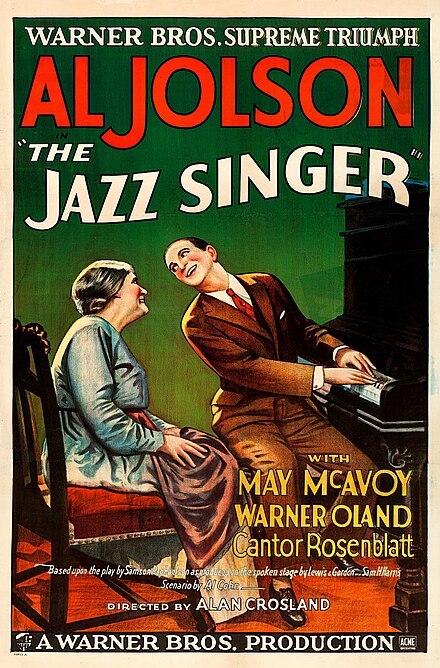Russo-Ukrainian War
From the website antiwar.com, I chose to focus on "The Stories You're Not Hearing About the Russo-Ukrainian War..." written by Ted Snider, because we have had multiple in-class discussions regarding this war and its effect US politics, as well as the idea that the media reports just the bare surface of how deeply American policy influences this conflict. The article begins by depicting Ukrainian president Volodymyr Zelensky's recent lies about the war's statistics. In February, the president reported that the soldier death count of the two years (and counting) war was about 31,000. President Zelensky also released to the public a statement that Russia was being stopped and could not take any further of Ukraine's territory, while reporting that the country had already taken about 26% of it.
Snider calls bullsh** on each statement. Both Russian and Ukrainian political figures and government officials have reported dead and wounded counts over 400,000. Following President Zelensky's bold statement proclaiming the Ukrainian Armed Forces have practically stopped Russian armies from seizing more territory, Russia took both Avdiivka and Lastochkyne (Ukrainian villages and territories), resulting each time in fumbling Ukrainian retreat.
The US government has been funding this war since 2014, and dare I say, is the only reason Ukraine has not completely fallen to the powerhouse of Russia. The most recent funding update occurred on February 13th of this year, when the Senate passed an amendment to Division A of the National Security Act, procuring $60 billion for '"Ukraine-related activities" out of the $95.3 billion in total funding.'
I would've thought that this recent policy-making would have made national news, considering the amount of debt our country has suck into AND the controversy of the war itself within our own country. However, when I googled subjects like "how much money does the US give to Ukraine" and "US funding of Ukrainian war," corporations like CNN, Fox News and CBS have either not reported on this, or their articles are buried within the second or third pages of Google search results.
 |
| President Biden and President Zelensky |
This war is truly a losing battle. Ukraine does not have the resources, wealth, manpower or resistance to continue warding off Russia, and is only afloat from outside funding (ie, America). Without the billions upon billions of taxpayer dollars we send to the country, Russia would have overtaken Ukrainian territory a year ago.
I believe that the US government and our politicians support Ukraine so heavily in this war for a number
of reasons. The first, so that they are able to use it as advertising for their administration. The Biden administration, specifically, is a great example of this. President Biden mentions Ukraine and his support for the country almost every time he makes an important speech and appearance to the media. He has announced that his support for Ukraine will last "as long as [America] can." That's scary. The administration has also changed their goal for the war, which originally started as forcing Russia completely out of Ukraine, and now are saying that the war can only end in diplomatic negotiation (ironic in that Biden refuses to interact with Putin). Biden uses the media to show his continual support for the country, and the media supports him by reporting more on atrocities that have been committed throughout this war, and less on just how much money America has given, or the bleak outlook of the war at this point. The President gains the emotional support of his voters' through Ukrainian struggles.Benefits of War & The Media
However, this trend has all but vanished. I would pinpoint the start to the steady decline of both government and media trust to the Pentagon Papers scandal and New York Times Company v. United States during the Vietnam war. Nixon's attempt at prior restraint to prevent the Times from printing the Papers is one of the first clear examples of government conspiracy that negatively effected the public.















